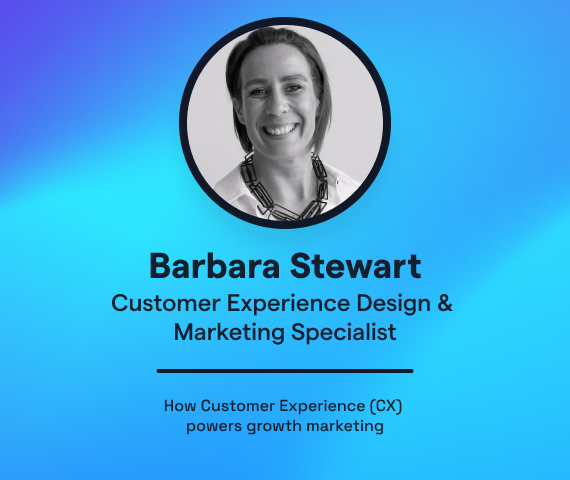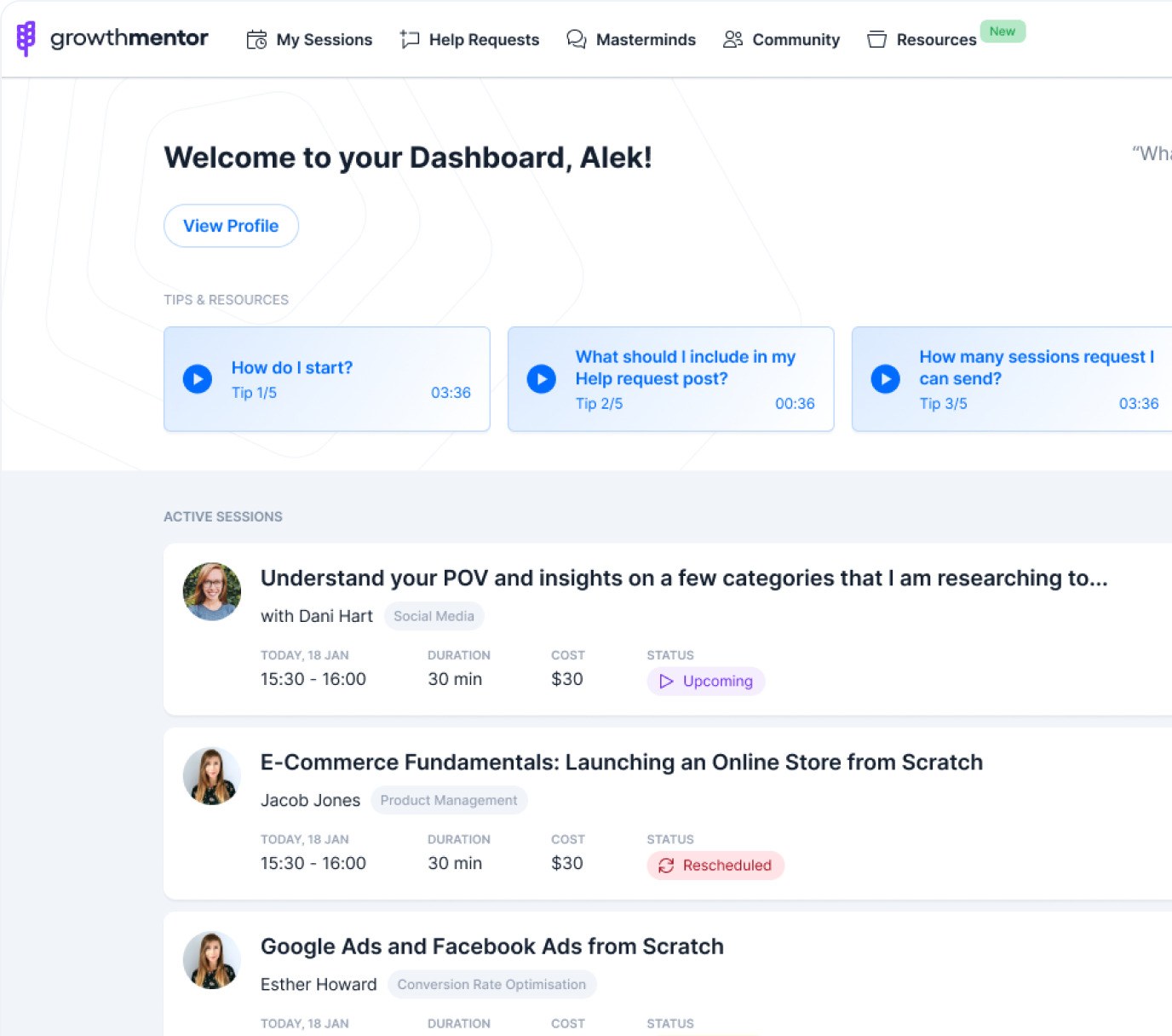Why 90% of Founders Optimize the Wrong Growth Layer (And the 3-Step Framework That Fixes It)
Last month, three founders called me with “completely different” growth problems.
Marcus’s revenue had cratered from $300K to $60K despite trying “everything.” David got blindsided when competitors changed pricing and stole customers for a month before he noticed. Alex had solid webinar conversions but couldn’t scale without burning out.
After my 47th GrowthMentor session, I realized something that changed how I approach every growth challenge. These weren’t three different problems at all. They were all optimizing Layer 2 when their real issue lay in Layer 1.
And they’re not alone. Nine out of ten founders I work with are optimizing the wrong layer entirely.
The Wrong-Layer Epidemic
During Marcus’s call, his frustration was palpable. “I understand the terminology, I know all the metrics,” he said, voice tight. “But whenever I touch the funnel myself, things get worse.”
He’d spent months tweaking Google and Meta ads. Hired three different agencies. Built an internal marketing team. Nothing scaled consistently.
Here’s what I see in almost every growth conversation: founders jumping straight to tactical optimization. A/B testing ad copy while their ICP is wrong. Obsessing over conversion rates while targeting the wrong audience entirely. Scaling channels that barely work at a small scale.
I used to do this too.
Early in our company, we spent weeks optimizing webinar registration pages when our real problem was inviting the wrong people to begin with. We were polishing tactics while our strategy had holes you could drive a truck through.
The diagnostic usually starts the same way. I’ll lean back and ask: “Do you think you’ve reached product-market fit?”
Most founders pause here. “Well, we have customers…”
“Can you clearly define your ICP and their jobs-to-be-done?”
Another pause. They’ll start talking about demographics or company size, but struggle with the problem they’re solving.
That’s when I know we’re dealing with a Layer 1 problem disguised as Layer 2 optimization.
When Everything Clicked
During Ryan’s call, something shifted in my approach. He was randomly tweaking Google Ads with decent ROAS but rising costs. Instead of diving into keyword optimization, I stopped him.
“Before we touch any tactics,” I said, sharing my screen, “let’s figure out which layer your problem lives in.”
His energy changed immediately. From scattered overwhelm to focused attention.
That’s when the Three-Layer Diagnosis Framework crystallized. Not from theory, but from pattern recognition across dozens of real conversations.
Layer 1: Strategy & Audience Fit – Are you solving the right problem for the right people?
Layer 2: Channel & Execution Optimization – Are you in the right place doing the right things?
Layer 3: Systems & Scaling Infrastructure – Can you systematize and multiply success?
The rule became simple: never skip layers. If Layer 1 isn’t solid, Layer 2 optimization wastes money. If Layer 2 isn’t systematic, Layer 3 scaling amplifies problems.
The Real-Time Diagnosis
Back to Marcus. Once we ran his situation through Layer 1, everything became clear.
“You have 4,500+ clients,” I said. “So market fit exists. But are you continuously learning about your customers? Have you noticed different patterns, new personas?”
Long pause.
“Not really. It’s not something we focus on.”
There it was. He’d been optimizing ads when his real problem was understanding who bought and why. No amount of creative testing would fix an audience intelligence problem.
“Here’s what’s happening,” I explained. “You’re trying to optimize Layer 2, your ads, when you need Layer 1 work. Customer research. Systematic understanding of why people buy.”
His voice changed. “That’s really where I am. I need new perspectives to evaluate the people who do marketing for us.”
We designed what we called the “customer research project.” Systematic interviews with new clients to understand their motivations and channels. Instead of more ad optimization, he needed foundational customer intelligence.
How the Diagnostic Works
The framework isn’t theoretical. It’s how I start every GrowthMentor session now.
I’ll ask Layer 1 questions first: “What’s your conversion rate with qualified traffic?”
If they say 15%, I know we’re not touching Layer 2. Ryan had 30%+ conversion rates, so we could move on.
“Do you have systematic data on what’s working and what isn’t?”
Ryan admitted he’d been making random changes. “I try things and see what happens.”
Classic Layer 2 problem. His foundation was solid, but his optimization was scattered.
“You have three assets to test systematically,” I told him. “Budget, keywords, and ads themselves. One at a time. With proper tracking.”
Within 30 minutes, he had a 12-week testing roadmap instead of random tweaking.
For Layer 3, I ask: “Can someone else execute your proven strategies without you?”
Alex shook his head. “The problem with those calls is that they take so much time. I’m doing everything manually.”
He had Layers 1 and 2 figured out, but was trapped in Layer 3 problems. Good webinar conversions, but everything required his personal involvement.
We shifted him from direct-sell webinars to a partnership-driven approach with automated qualification. Value-first content with expert guests, then qualified follow-up sequences for selling.
The Transformation Moment
What strikes me every time is the energy shift when founders understand which layer they’re working in.
Marcus went from scattered tactical thinking to strategic clarity. “I know exactly what customer intelligence I need to gather now.”
Ryan stopped random optimization and built systematic experiments. “This is very helpful. I have homework, but I know exactly what to focus on.”
Alex saw a path to scale without burning out. He started mapping his network of potential webinar partners that very week.
When you diagnose the right layer, everything else makes sense. The overwhelm disappears because you’re finally working on the right problem.
Your 15-Minute Layer Diagnosis
Here’s what I do now in every session:
Layer 1 Check (5 minutes): Can you clearly define your ICP? Do you have documented evidence of what makes customers buy? Are you converting 30%+ of qualified traffic?
If any answer is no, stop here. Everything else is premature optimization.
Layer 2 Check (5 minutes): Do you have systematic data on what’s working? Are you testing variables individually? Can you identify your top 5 performing elements?
If you pass Layer 1 but fail here, you need systematic optimization, not strategy work.
Layer 3 Check (5 minutes): Do you have repeatable processes? Can others execute without you? Are your unit economics sustainable?
Work in the lowest-numbered layer with problems. Always.
I’ve used this framework across 200+ sessions now, spanning everything from SaaS to e-commerce to services. The pattern never changes: struggling founders are usually optimizing the wrong layer entirely.
Beyond Growth Problems
The diagnostic logic applies everywhere. Product development follows the same pattern: Layer 1 = user-problem fit, Layer 2 = feature optimization, Layer 3 = development systems.
Sales processes: Layer 1 = ICP validation, Layer 2 = conversation optimization, Layer 3 = sales automation.
Even team building: Layer 1 = role-skill fit, Layer 2 = performance optimization, Layer 3 = management systems.
Most complex business problems follow this structure. We jump to tactical optimization when we need foundational validation, or try to build systems before proving our tactics work.
The Pattern Recognition
After 200+ of these conversations, I’m convinced the wrong-layer epidemic is the biggest hidden problem in business growth. Not lack of tactics or tools or even strategy. Founders are optimizing the wrong layer entirely.
The framework didn’t emerge from a business school textbook. It crystallized from real conversations with real founders solving real problems together. Pattern recognition across dozens of struggles that looked different on the surface but shared the same underlying structure.
When you stop optimizing Layer 2 tactics and start diagnosing which layer your problem lives in, you don’t solve the immediate challenge. You build the systematic thinking that makes every future problem more manageable.
That changes everything.
And it starts with asking one simple question: “Which layer is my problem in?”




